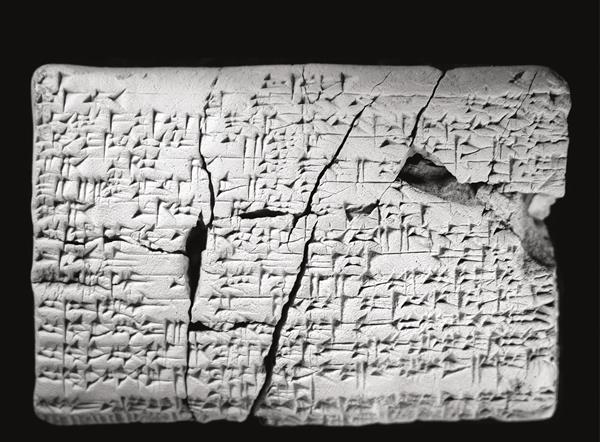
While the biblical writers remembered them as a legendary people of Canaan who had descended from giants (see “The Amorites and the Bible)”, the Amorites were a nomadic people from Syria, first attested in the third millennium BCE, who became one of the most powerful groups within Mesopotamia. Indeed, many of the famous Mesopotamian kings from this period, such as Hammurabi of Babylon and Zimri-Lim of Mari, were Amorites. But even as the Amorites expanded their power, the language of learning and administration remained Akkadian. This led some scholars to suggest that there was no distinct “Amorite” language but rather that it was simply a dialect of Akkadian.
Two newly published tablets have finally revealed the language of this mysterious ancient people.1 The tablets—which are unprovenanced objects, likely illegally removed from Iraq more than three decades ago— contain lists, written in both Akkadian and Amorite, that functioned as short phrasebooks. The first tablet includes a list of deities and then moves on to constellations, food items, and types of clothing, while the second lists common bilingual phrases in Akkadian and Amorite. Both texts are written in cuneiform and have features that suggest they date to the Old Babylonian period (c. 1894–1595 BCE) and come from southern Mesopotamia. As the language and handwriting in the tablets are similar, they may even have been written by the same scribe.
Already a library member? Log in here.
Institution user? Log in with your IP address.

